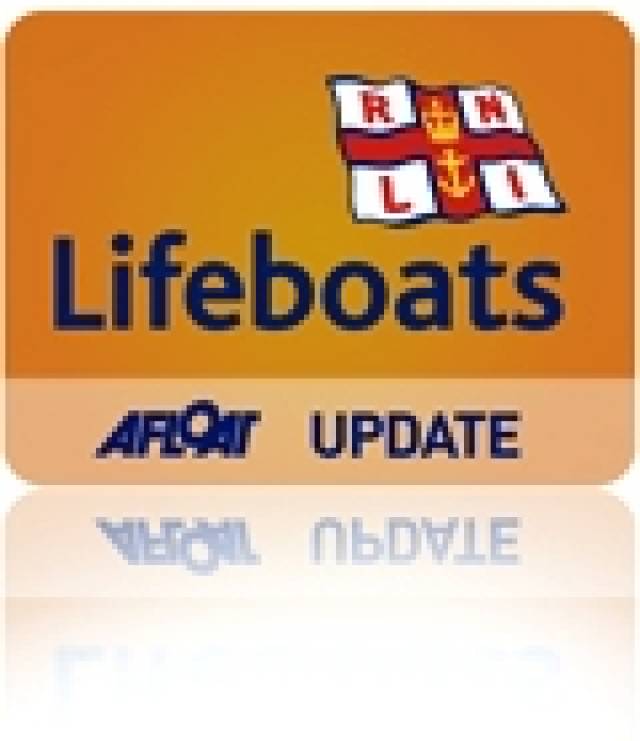#RNLI - The naming ceremony and service of dedication of Helvick Head RNLI’s new Atlantic 85 lifeboat Robert Armstrong will take place at the lifeboat station on Helvick Pier on the south side of Dungarvan Bay at 11am on Saturday 30 August.
The new lifeboat was funded through a legacy from the late Robert Armstrong and will be named in his memory. Robert passed away on 9 November 2009 and the lifeboat will be named by his niece Judi Fleming during the ceremony.
Robert Armstrong was born in 1936 and loved sailing, fishing and boats. He crewed in the English Channel and the North Sea. Bob’s main home was Blackheath but he was most relaxed at his holiday home in Potter Heigham on the Norfolk Broads, where he moored his own boat.
Commenting ahead of the ceremony, his niece Judi said: "Robert’s aunt Alice and her brother Charles were the donors of Alice and Charles, Helvick Head RNLI’s previous lifeboat. Robert attended the ceremony back in 2000 and he was given an RNLI jacket which he wore proudly.
"It is great that something is left in his name of such importance as a lifeboat; saving people’s lives. We as a family are very proud of Bob and what he has done. He would have been 78 on 31 August."
Several members of the Armstrong family will travel from the UK to attend the naming ceremony and service of dedication.
The new lifeboat is an Atlantic 85, built at a cost of €255,000, and has a number of improvements from the Atlantic 75, Helvick Head’s former lifeboat, including a faster top speed of 35 knots, radar, provision for a fourth crewmember and more space for survivors.
It can operate safely in daylight in up to Force 7 conditions and at night up to Force 6. It also allows lifeboat crews to respond even faster in emergencies.
Helvick Head RNLI fundraising chairman Oliver Clancy will MC the ceremony and Chaplin Fr Conor Kelly and the Very Rev Dean Draper will lead the service of dedication.
Lifeboat operations manager Ian Walsh will accept the lifeboat on behalf of Helvick Head lifeboat station.
Local dignitaries, guests and RNLI volunteers from other lifeboat stations on the coast and the general public will also be in attendance. Cór Fear na nDéise, the local men’s choir and Pax, Cárthach and Macdara Ó Faoláin will perform at the event in addition to Dónal Clancy, who will sing the RNLI anthem 'Home from The Sea', which was sung by his dad the late Liam Clancy as the Alice & Charles was launched in 2000.
All are welcome to attend this event, but are asked to park their cars on the main road, as access to Helvick Pier from the Erin’s Hope monument will be controlled in the interest of public safety. There will be extra parking in Murray’s field near the pub on the main road in Helvick.
Following the ceremony and with conditions permitting, the Robert Armstrong lifeboat will be launched.
































































